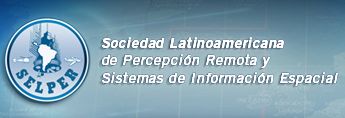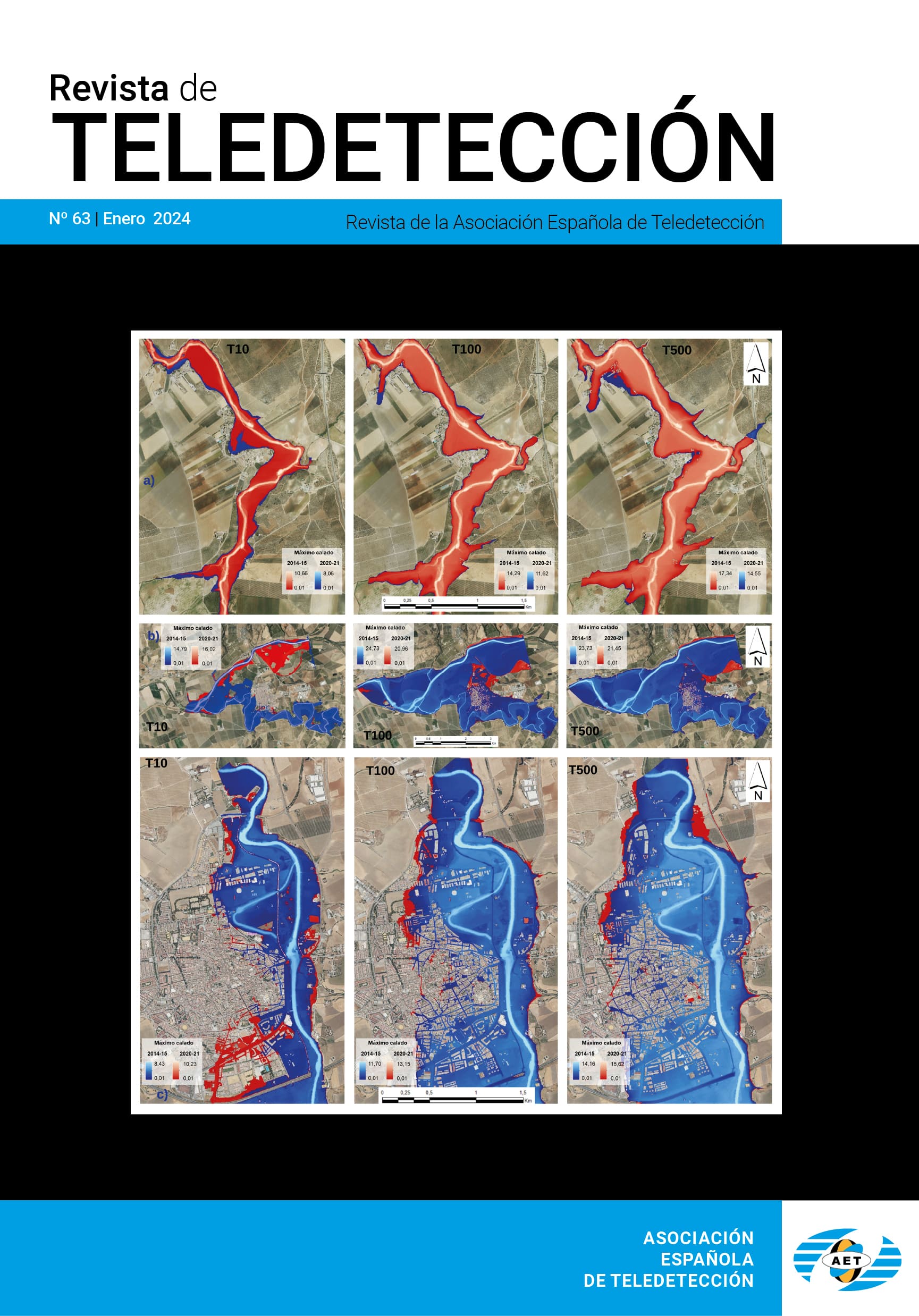Separación emisividad/temperatura a partir de datos DAIS y aplicación del contraste espectral para discriminar distintos...
...tipos de vegetación.
J.C. Jiménez-Muñoz, J.A. Sobrino, A. Gillespie y D. Sabol
RESUMEN
La aparición de nuevos sensores de alta resolución con varios canales en la región del infrarrojo térmico ha propiciado el desarrollo de metodologías que permiten obtener valores de temperatura de la superficie terrestre y recuperar los espectros de emisividad de las superficies naturales. Una de estas metodologías es el algoritmo TES (Temperature and Emissivity Separation), originariamente desarrollado para el sensor ASTER (Advanced Spaceborne Thermal Emission and Reflection radiometer). En este trabajo se ha aplicado este método ejecutando únicamente el primer módulo, llamado NEM (Normalized Emissivity Method), y se han utilizado los datos suministrados por el sensor DAIS (Digital Airborne Imaging Spectrometer) dentro del marco de las campañas DAISEX (DAIS EXperiment) financiadas por la ESA (European Space Agency) y realizadas en la zona agrícola de Barrax (Albacete, España). La validación realizada a partir de medidas in situ muestra una concordancia con la precisión apuntada para el método TES, de 1.5 K para temperatura y un 1% para emisividad. Los valores de emisividad obtenidos permiten evaluar el contraste espectral y, junto con valores de NDVI, discriminar distintos tipos de vegetación.
PALABRAS CLAVE: emisividad, temperatura, teledetección, TES, DAIS.
ABSTRACT
The new generation of high resolution sensors with some thermal infared bands have allowed the development of methodologies for retrieving land surface temperature and the emissivity spectrum of the natural surfaces. One of this methodologies is the TES (Temperature and Emissivity Separation) algorithm, developed and applied to the ASTER (Advanced Spaceborne Thermal Emission and Reflection radiometer). In this paper, the TES method has been applied, executing only the first module, called NEM (Normalized Emissivity Method), and the data supplied by the DAIS (Digital Airborne Imaging Spectrometer) sensor in the framework of the DAISEX (DAIS EXperiment) campaigns supported by ESA (European Space Agency) and carried out over the Barrax agricultural test site (Albacete, Spain) have been employed. The validation carried out from in situ measurements shows an agreement with the accuracy of the TES method, 1.5 K for temperature and 1% for emissivity. Emissivity values have been used in order to calculate the spectral contrast and, along with NDVI values, discriminate different vegetation types.
KEY WORDS: emissivity, temperature, remote sensing, TES, DAIS.
PULSE AQUI PARA DESCARGAR EL ARTÍCULO COMPLETO.








